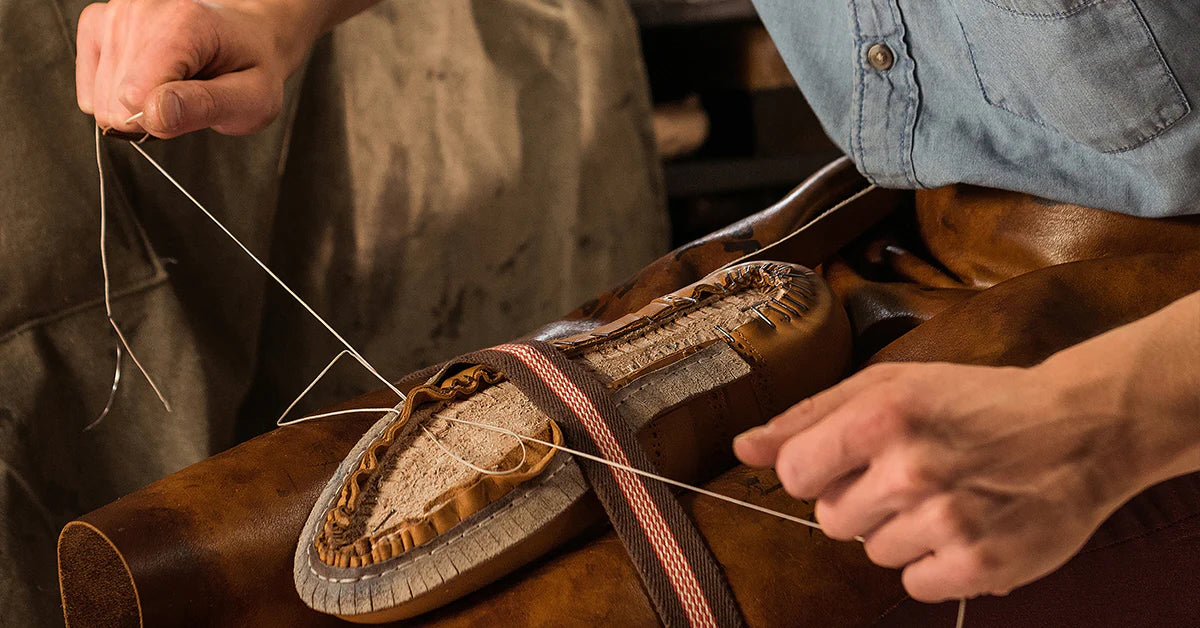
The Art of Hand-Welting and Hand-Stitching in Bespoke Shoemaking
In the world of bespoke shoemaking, where quality and craftsmanship take precedence over speed and mass production, traditional techniques like hand-welting and hand-stitching are the cornerstones of creating exceptional footwear. These labor-intensive methods, while time-consuming and requiring a high level of skill, result in shoes that are not only stronger and more flexible but also significantly more durable than their machine-made, mass-produced counterparts.
Understanding Hand-Welting
What is Hand-Welting?
Hand-welting is a traditional shoemaking technique that involves sewing a welt—a strip of leather—by hand to the upper and insole of the shoe. This process creates a cavity that is then filled with a cork material, providing additional comfort and insulation. Finally, the outsole is stitched to the welt, creating a durable and flexible bond between the shoe’s upper and sole.
The Process:
-
Preparation:
- The process begins with the preparation of the insole and upper. The insole is attached to the last, a model of the foot, and the upper is carefully stretched over the last and temporarily secured in place.
-
Attaching the Welt:
- A strip of leather, known as the welt, is hand-stitched to the upper and insole using a technique called lockstitching. This method ensures a tight and secure bond, which is essential for the shoe's durability.
-
Filling the Cavity:
- The cavity created between the insole and outsole is filled with cork or another cushioning material. This not only adds comfort but also helps the shoe to mold to the wearer’s foot over time, enhancing the fit.
-
Attaching the Outsole:
- The outsole is then stitched to the welt, completing the construction. This final step is crucial, as it determines the shoe’s durability and flexibility.
Benefits of Hand-Welting:
-
Durability:
- Hand-welted shoes are incredibly durable. The lockstitch used in the construction creates a strong bond that is less likely to break or come apart, even with extensive wear.
-
Flexibility:
- The welt acts as a flexible hinge between the upper and the sole, allowing the shoe to bend and move with the foot more naturally than a glued or machine-stitched shoe.
-
Repairability:
- One of the most significant advantages of hand-welted shoes is their repairability. The construction method allows for easy resoling, meaning the shoes can be repaired and restored multiple times, significantly extending their lifespan.
The Art of Hand-Stitching
What is Hand-Stitching?
Hand-stitching in shoemaking refers to the process of sewing various parts of the shoe together by hand, using needle and thread. This technique is used for attaching the upper to the insole, adding decorative elements, and reinforcing areas that are subject to high stress.
The Process:
-
Preparation:
- The leather pieces are cut and prepared, ensuring they are the correct size and shape. Edges are often skived (thinned) to ensure a smooth and even stitch.
-
Stitching:
- Using strong, waxed thread, artisans carefully stitch the pieces together. Each stitch is made by hand, allowing for precise control and adjustment as needed. This process is much slower than machine stitching but results in a more durable and aesthetically pleasing finish.
-
Reinforcement:
- Areas that will experience the most stress, such as the toe and heel, are often reinforced with additional stitching. This ensures that the shoe maintains its shape and integrity over time.
Benefits of Hand-Stitching:
-
Strength:
- Hand-stitching creates a much stronger bond than machine stitching. Each stitch is individually tightened, ensuring a secure and durable connection between the leather pieces.
-
Precision:
- The level of precision achieved with hand-stitching is unparalleled. Artisans can adjust the tension and placement of each stitch, resulting in a neater and more consistent finish.
-
Aesthetic Quality:
- Hand-stitched details add a touch of craftsmanship and luxury to the shoe. The visible stitches, often done with contrasting thread, create a distinctive and elegant look that is difficult to replicate with a machine.
Why Hand-Welting and Hand-Stitching Matter
In the realm of bespoke shoemaking, the techniques of hand-welting and hand-stitching are not merely about tradition—they are about creating a product that stands the test of time. The labor-intensive nature of these methods ensures that every pair of bespoke shoes is made with the utmost care and attention to detail.
Durability and Longevity:
The primary advantage of hand-welted and hand-stitched shoes is their durability. The robust construction techniques ensure that these shoes can withstand years of wear and tear, far outlasting their mass-produced counterparts. The ability to easily resole hand-welted shoes means they can be maintained and restored, often becoming a lifetime investment.
Comfort and Fit:
The flexibility offered by hand-welting allows the shoe to move with the foot, providing superior comfort. The custom fit achieved through bespoke shoemaking ensures that each pair of shoes fits perfectly, reducing the risk of blisters, calluses, and other foot problems.
Aesthetic Excellence:
Hand-stitching adds a level of aesthetic quality that is simply unattainable with machine-made shoes. The visible, precise stitches showcase the artisan’s skill and dedication, making each pair of bespoke shoes a work of art.
Conclusion
Techniques such as hand-welting and hand-stitching are the hallmarks of bespoke shoemaking. These methods, though labor-intensive, result in shoes that are stronger, more flexible, and significantly more durable than machine-made, mass-produced alternatives. Hand-welting creates a durable bond between the upper and the sole, allowing for easy resoling and extending the shoe's life significantly. Hand-stitching, on the other hand, provides a level of precision and aesthetic quality that is unmatched.
For those who value quality, craftsmanship, and longevity in their footwear, investing in bespoke shoes made with these traditional techniques is a decision that pays off in comfort, style, and durability. In a world increasingly dominated by disposable fashion, bespoke shoes stand as a testament to the enduring value of skilled craftsmanship and attention to detail.
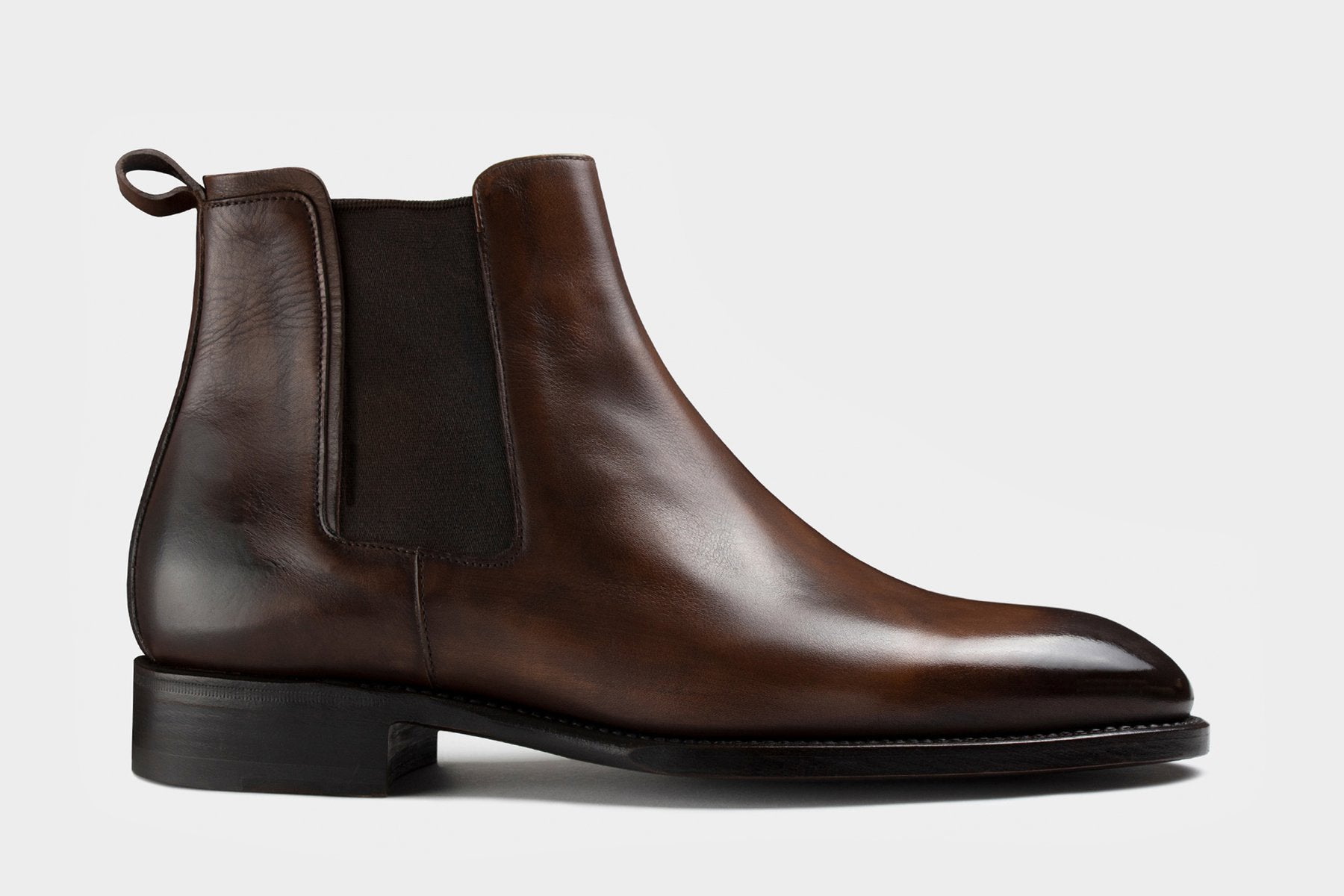
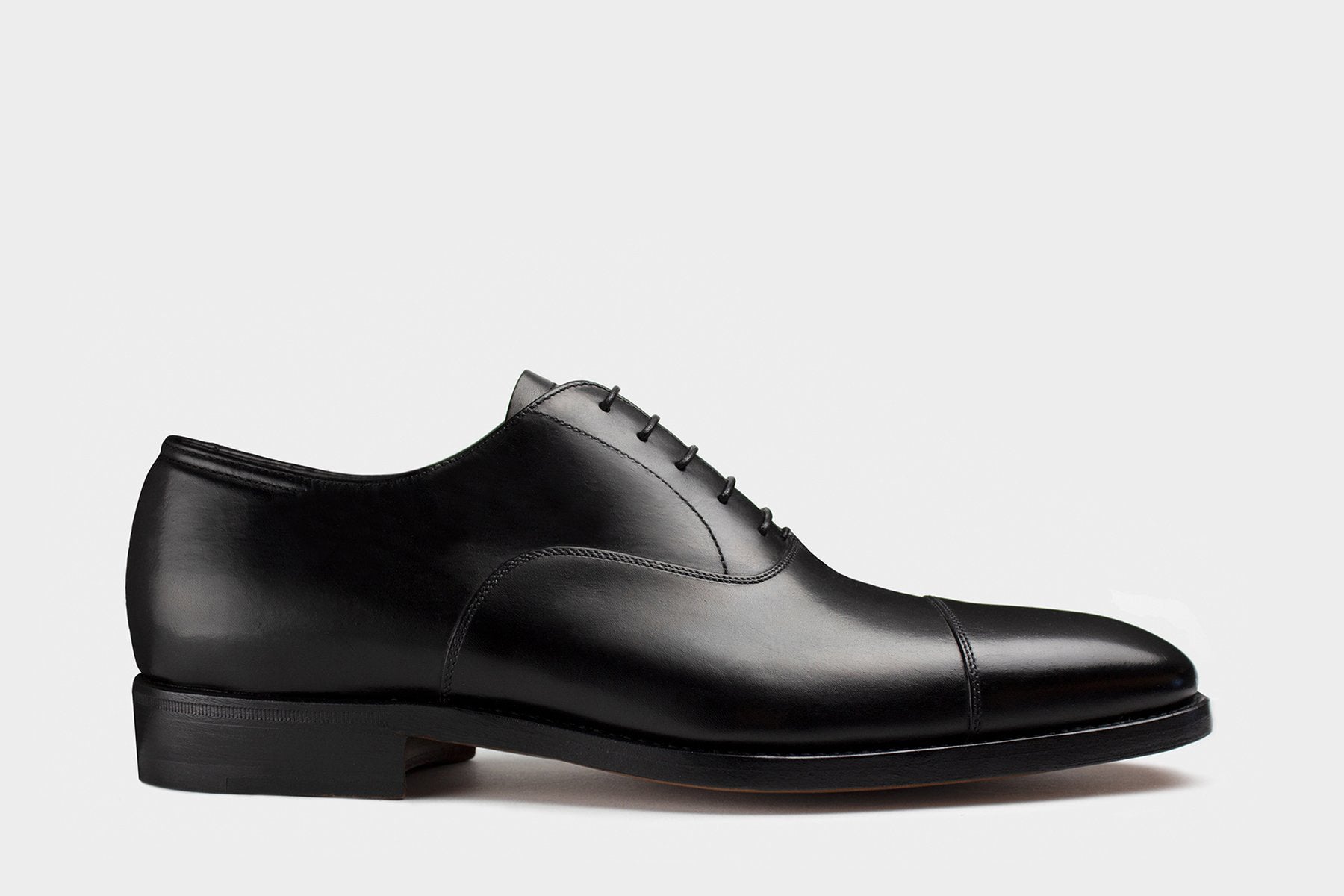
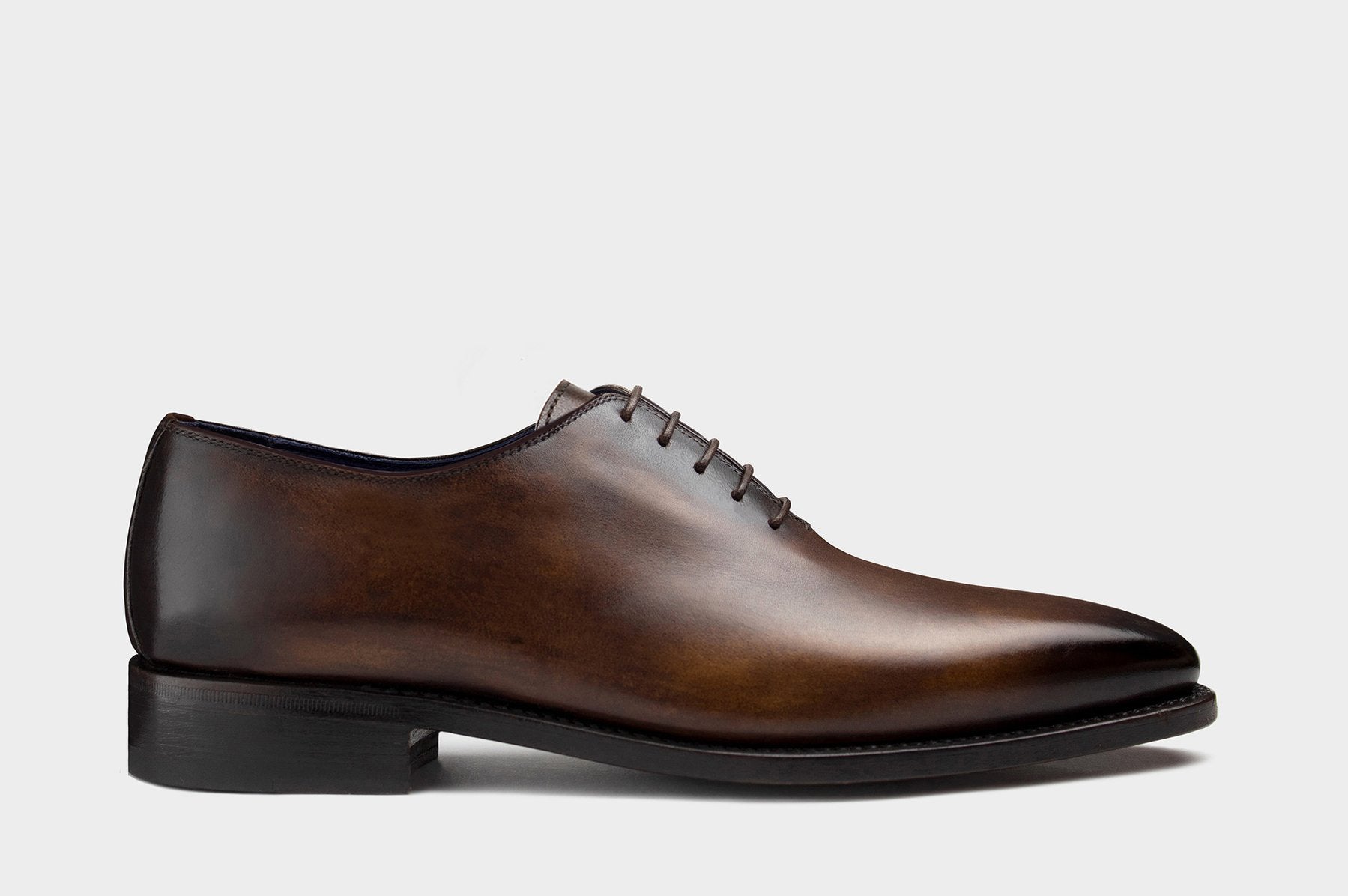
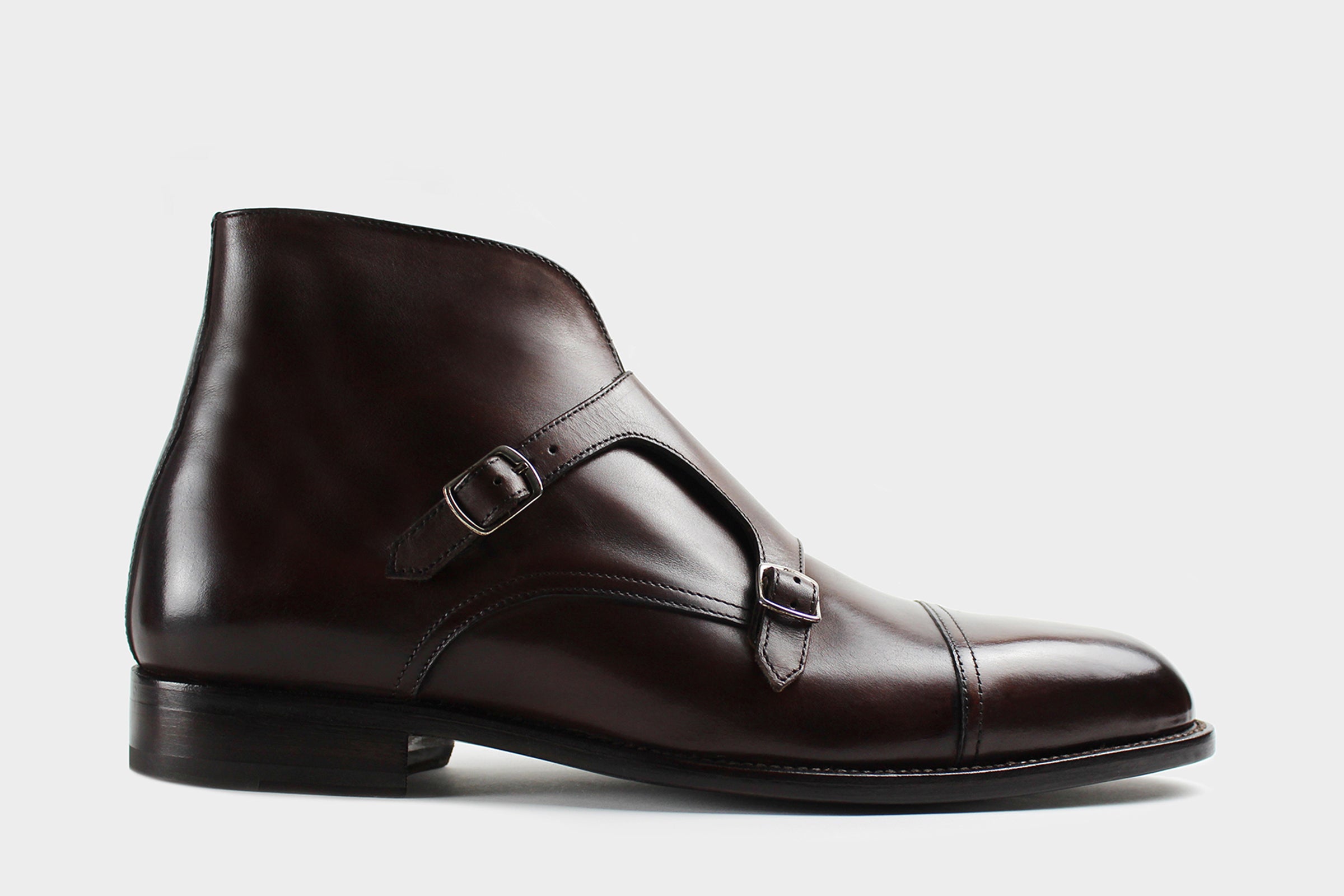
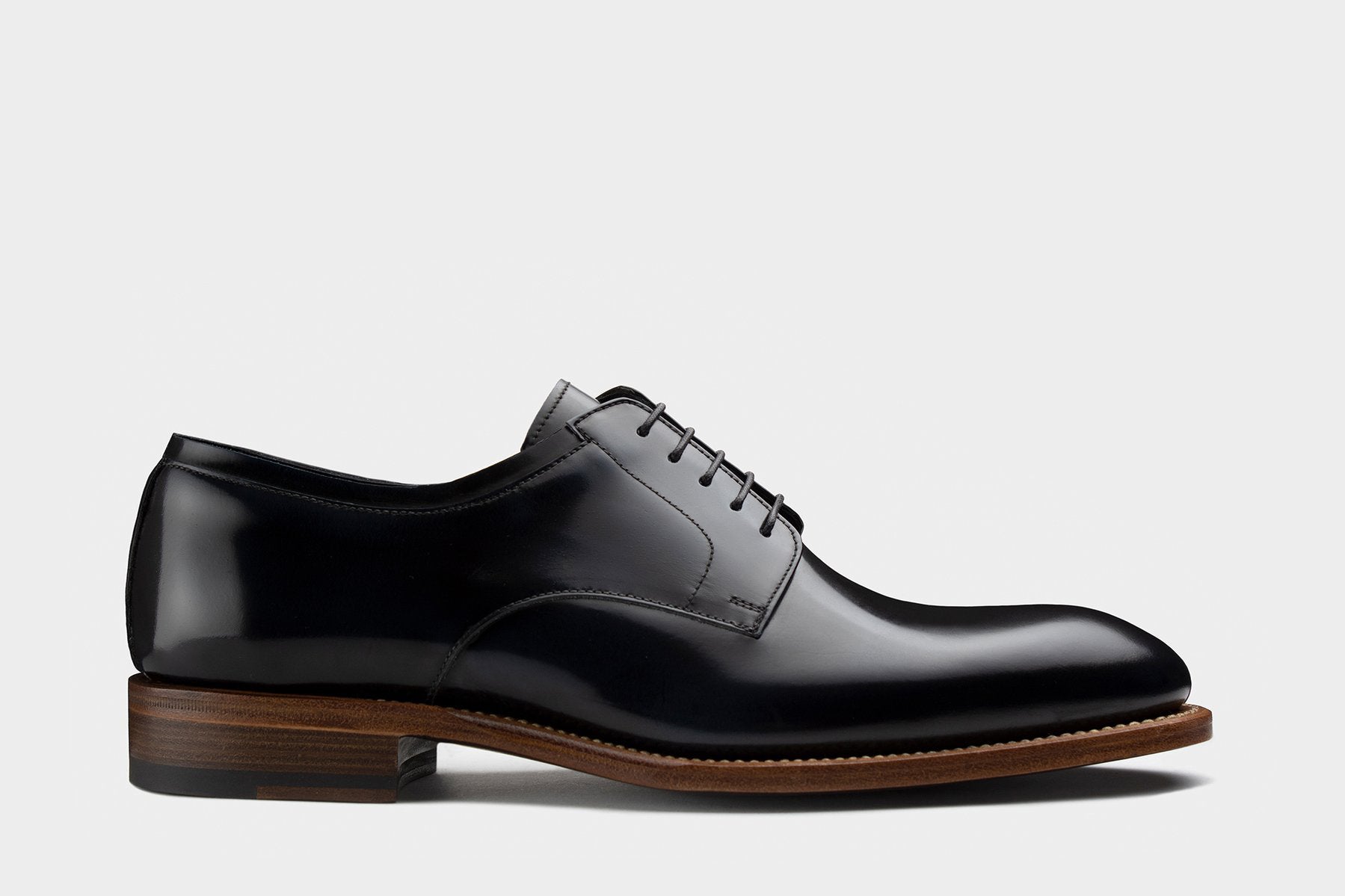
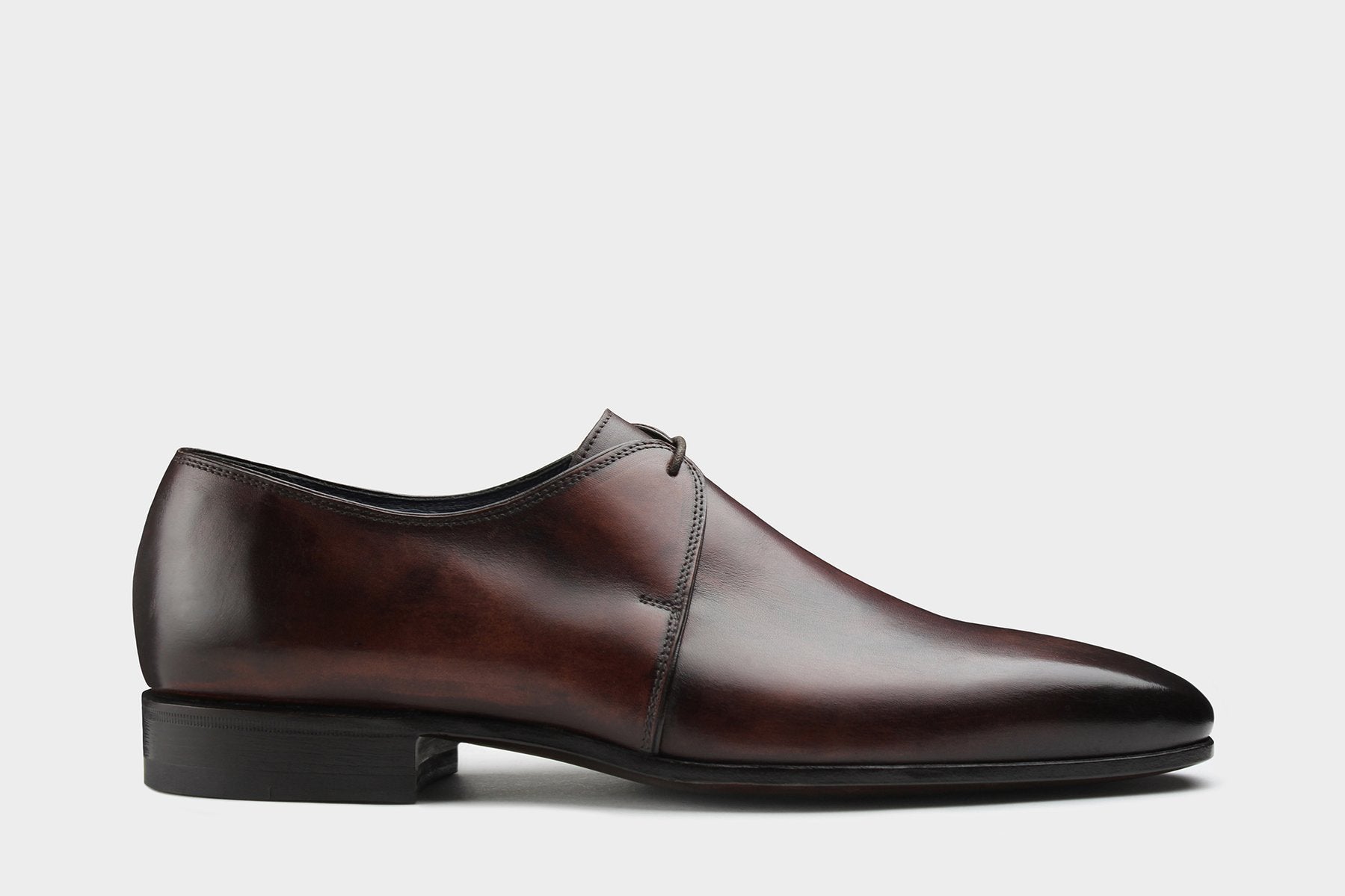
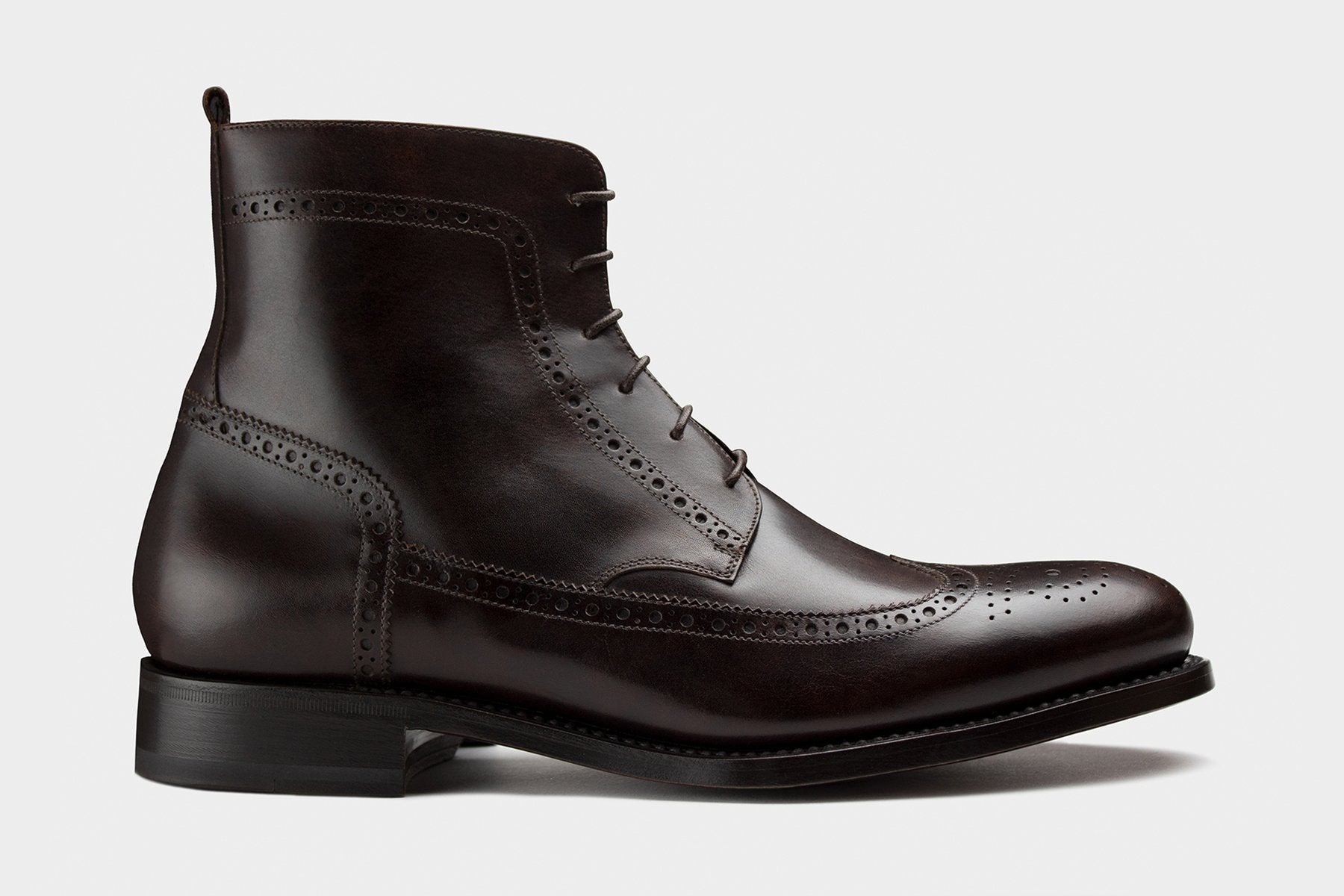
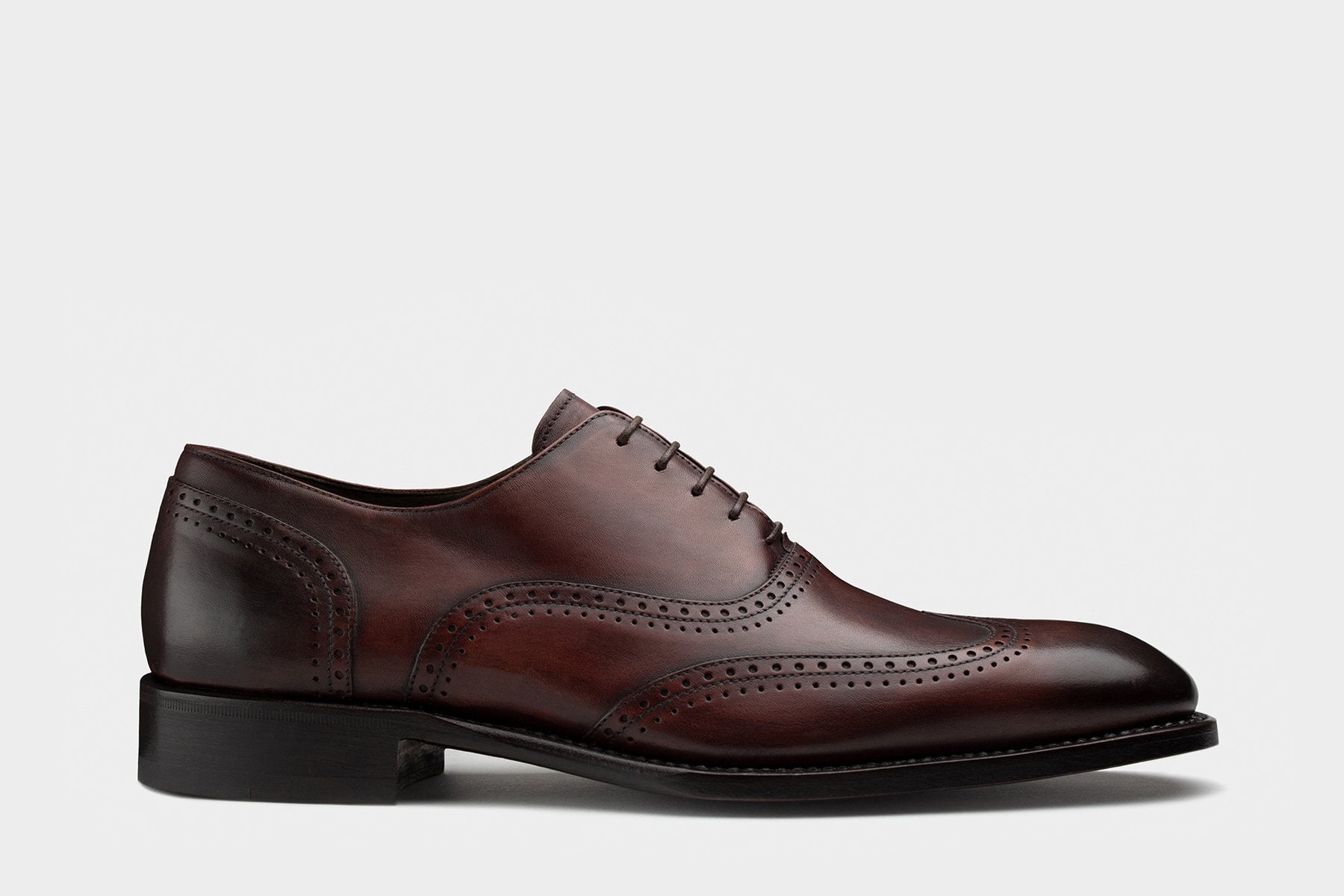
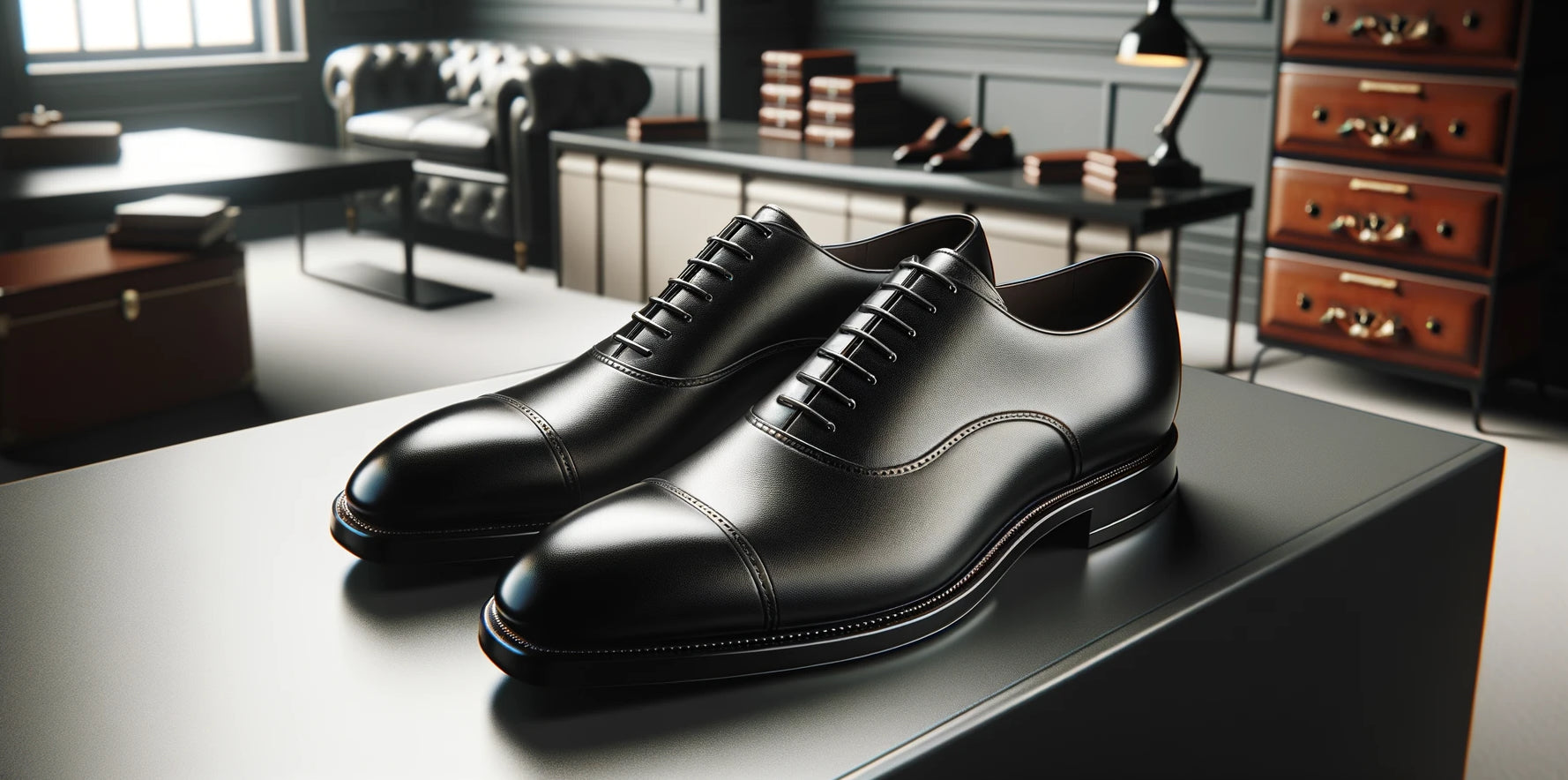
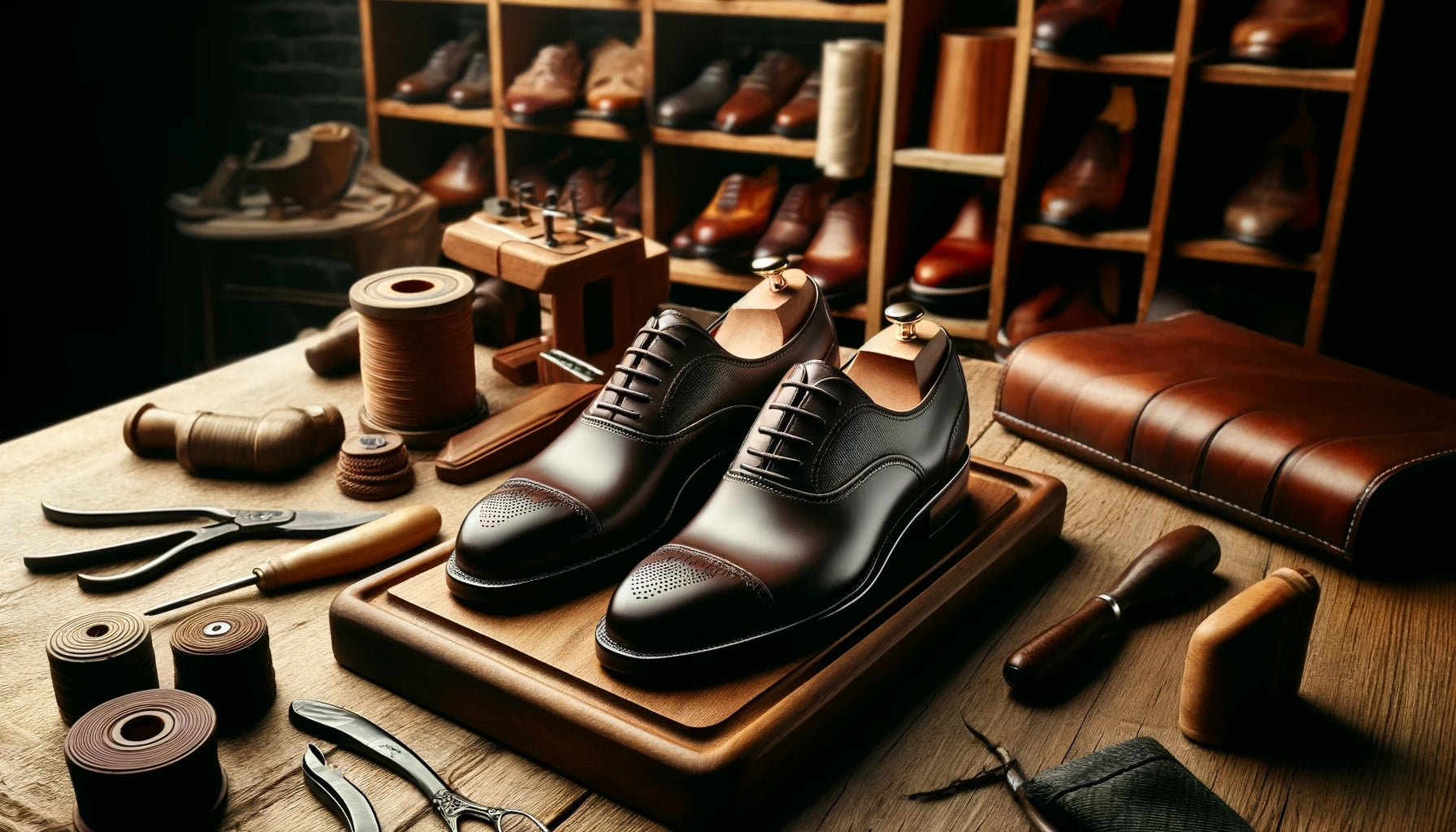
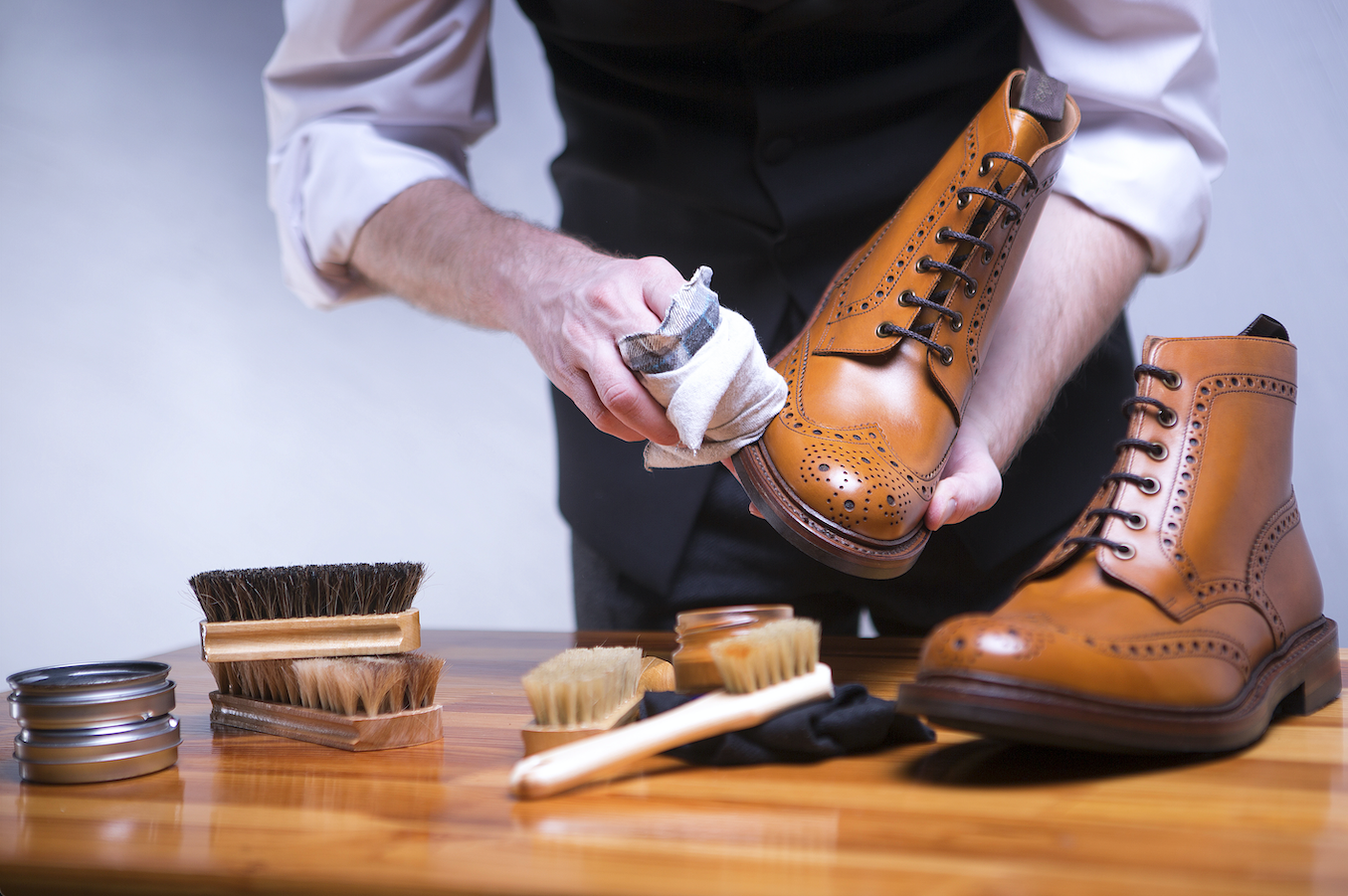

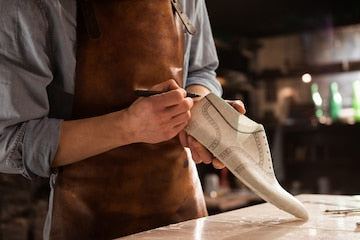
Leave a comment
This site is protected by hCaptcha and the hCaptcha Privacy Policy and Terms of Service apply.